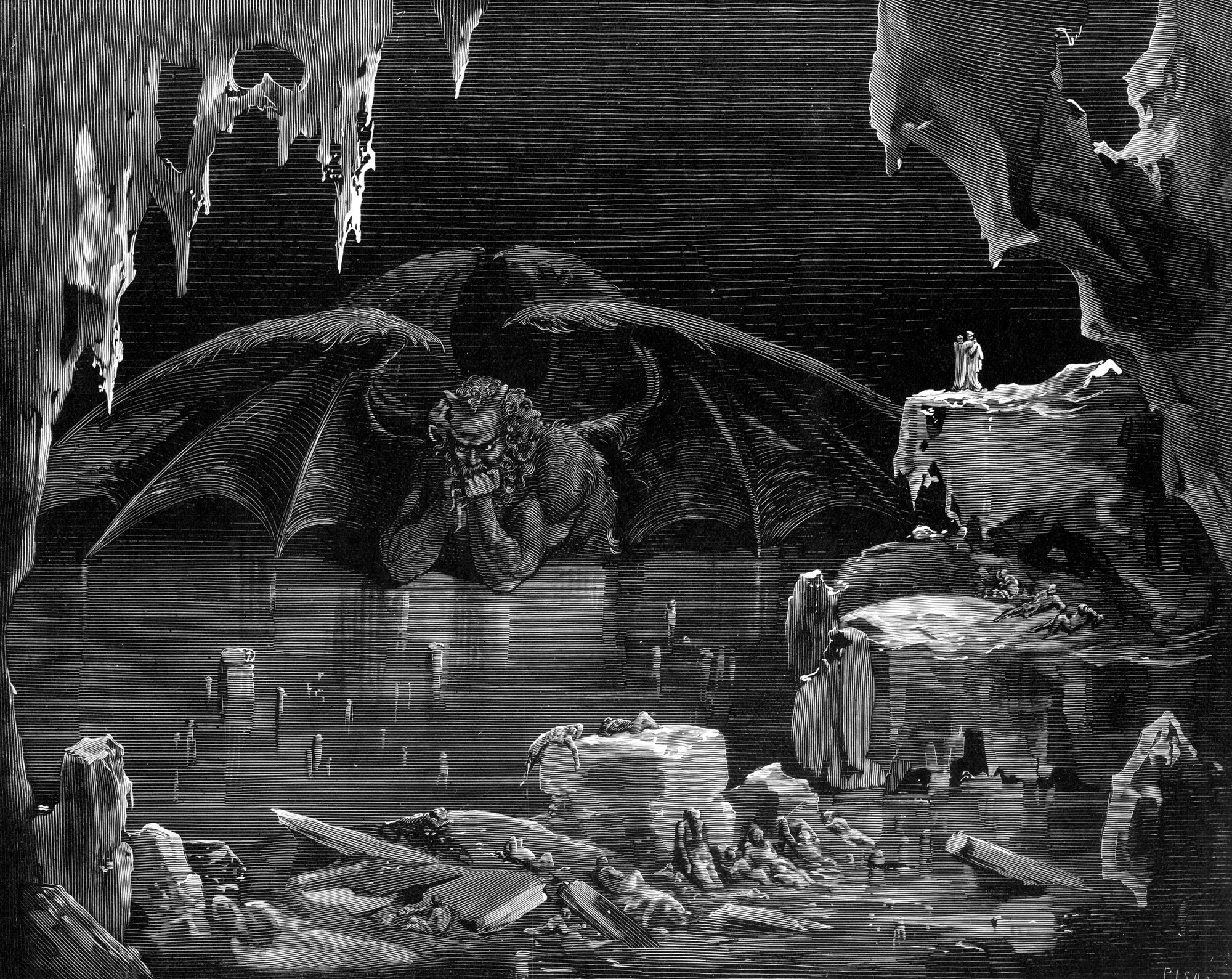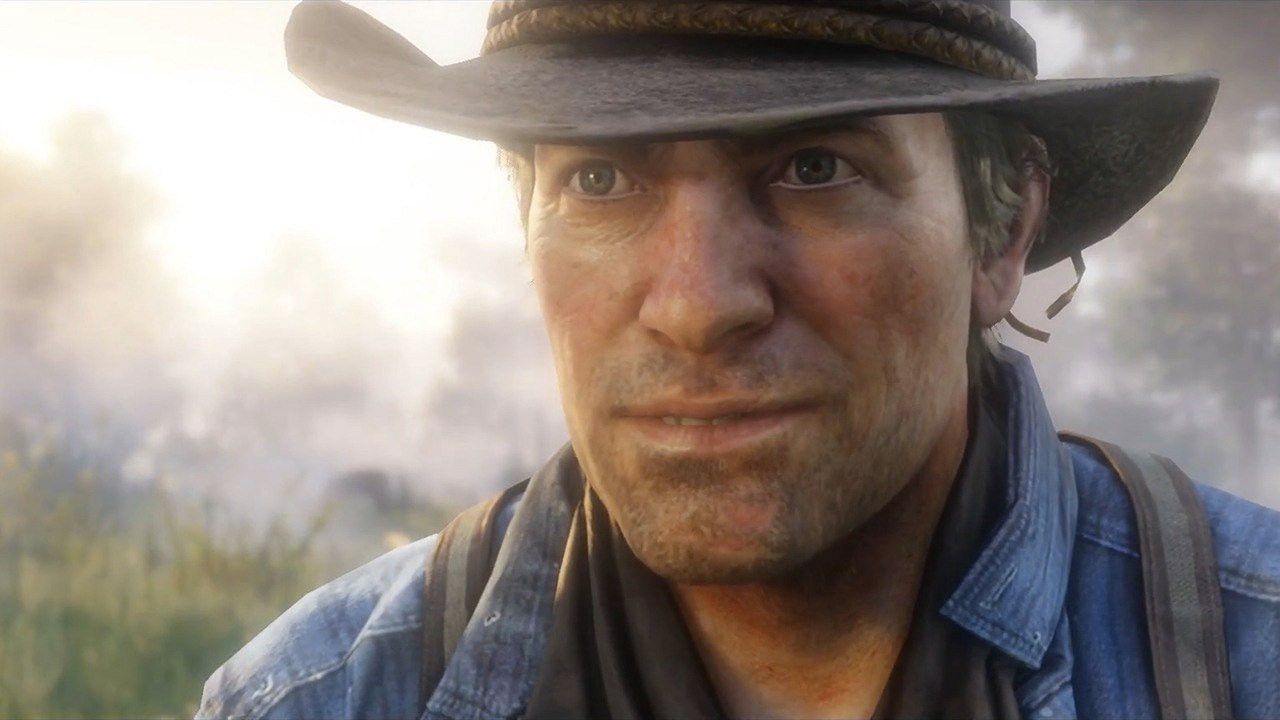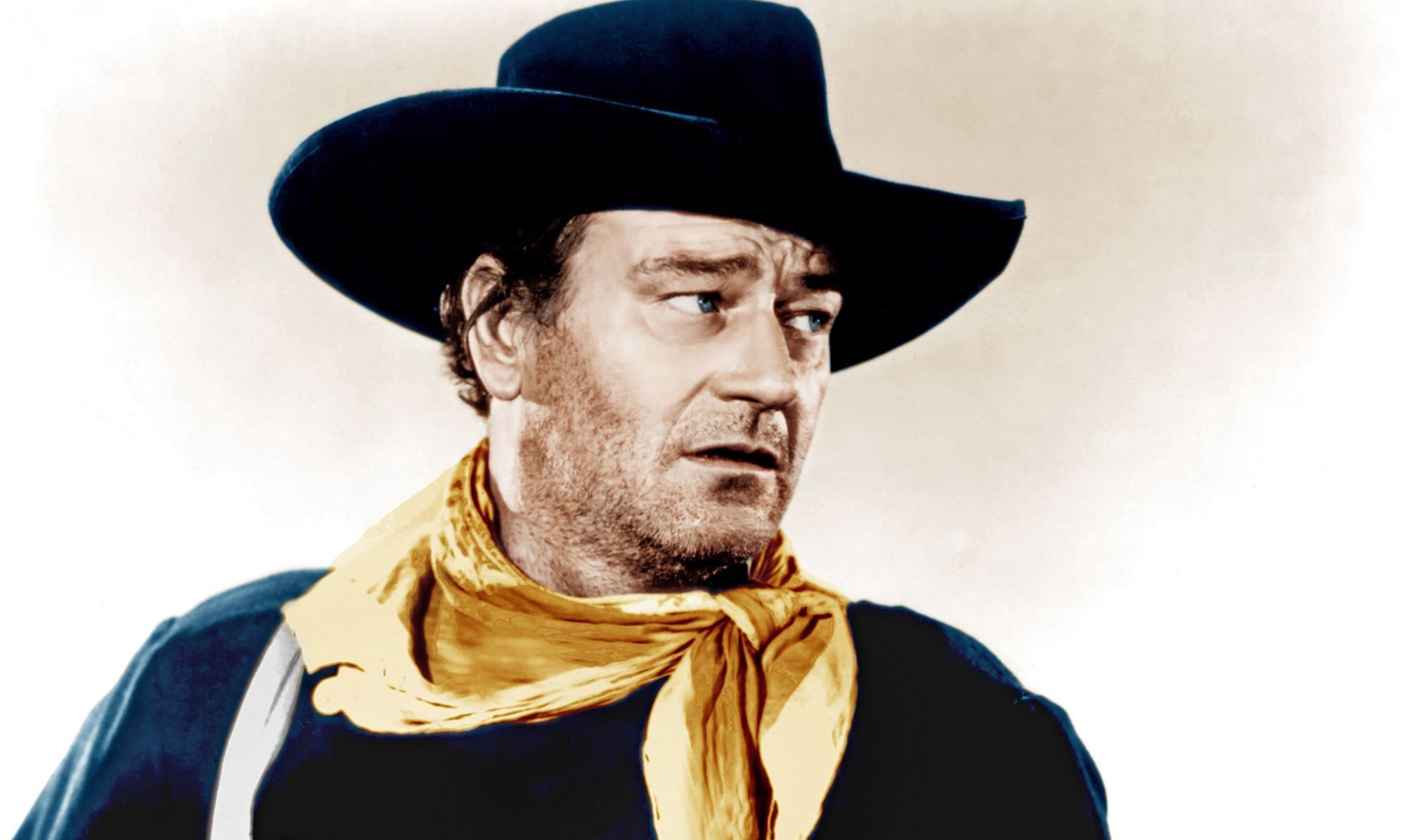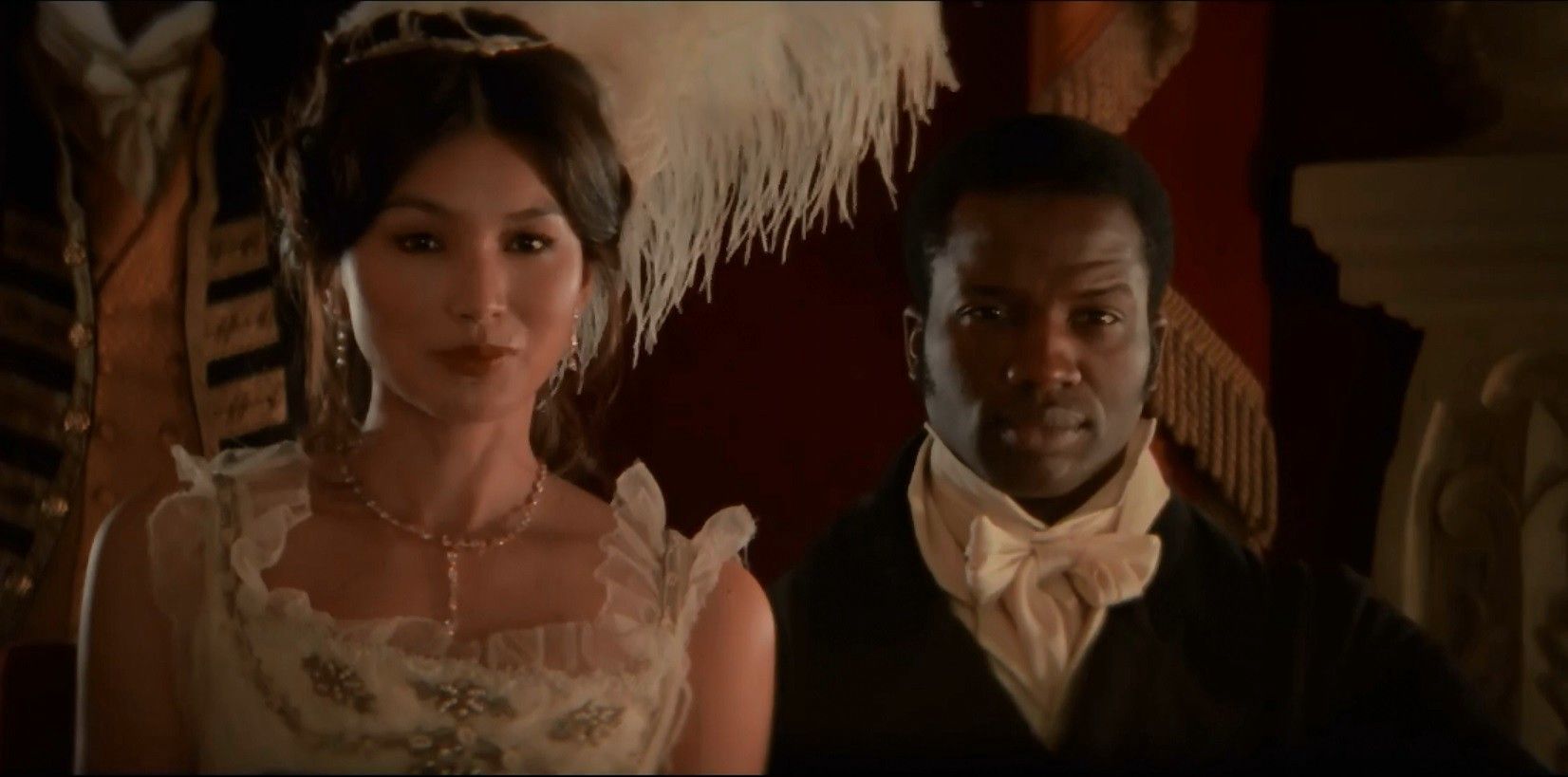I remember reading about Liam Neeson’s confessional interview last month and feeling a bit surprised at some of the reactions. There were two obvious camps that formed around the discussion that more or less boiled down to either admonishing him for what was a blatantly racist act, and the other that applauded his honesty. Neither of these perspectives were shocking to me so much as the large number of well-intentioned, not-all-white liberals who were applauding him. The question that I kept returning to was not whether Neeson’s actions were shameful or honorable, but why do his supporters actively care?
Part of why Neeson’s narrative is compelling has a lot to do with #MeToo. With such an overwhelming saturation of news stories focused on bad men hiding their awful behavior and eventually getting caught, space is created where simply having any sense of principles or moral conduct at all is now seen as doing pretty good. In this case, Neeson’s freely displayed regret is virtuous because there was no exterior party forcing his hand. He’s just gifting us this news story, which means he’s either not very publicity savvy, or his moral code actually does prioritize some sense of justice over vanity. Juxtapose with a Matt Lauer and suddenly having regret over fantasizing about racial violence seems almost progressive. Yet while both motivations are probably true to a certain extent, neither incentive really explains what our investment is.

What makes Neeson both in his celebrity and the roles he portrays interesting is the difference between Superman and Batman. Whereas Superman is the white knight clad in primary colors whose abilities come to define the hero archetype, Batman is the anti-hero. He possesses no traditional super hero abilities aside from being filthy rich, is clad in dark monochromatic shades of grey, and appeals to fans as a “shadow self” in Jungian psychology. While this shadow self is not inherently evil, it serves as a hidden layer of the self that lurks beneath the surface of what is already known; Batman has depth, he has humanity. Superman on the other hand is super human, and thus less human. Neeson in this case has much more in common with the shadowy, brooding Batman than his red and blue counterpart.
This divide between the known and unknown is also recognizable in the literary trope of the “hero’s journey”. Popularized by Joseph Campbell in his 1949 book, The Hero With a Thousand Faces, Campbell partition’s the interesting narrative of the hero archetype into three sections: departure/separation, initiation/descent, and return. It begins by the hero’s departure from the natural state of man (the known), occasionally reluctant but convinced by the wisdom of a mentor figure. He then makes the plunge into the trial he must overcome (the unknown), and, after undergoing a transformation in the process, our hero emerges with his prize to return to and present the common man with. Neeson’s trial follows this narrative quite well: coming to terms with a rape, inventing some reason or motivation from the survivor to act, and then plunging headlong into what he believes to be the confrontation, only to be left with the reflection of his own mistakes. This ugly knowledge is what he delivers to the audience, and clearly some of us are applauding.

Neeson’s confession had mixed results, but it none-the-less paints a portrait of himself as a conflicting and dynamic man, wrestling with some inner demons and coming out the other side with an agreeable analysis. What is key in this arc is that it gives the audience relating to the character a way out. White men may be problematic individuals with troubling histories, but what is most important is that they emerge from their experiences recognizing the facts of their realities are indeed problems and troubles.
This isn’t a particularly surprising revelation to the typical Plan A reader, after all the very battle for representation Asian Americans often find themselves waging against Hollywood is over who gets to take part in this interesting narrative. What is conflicting about our attempts to move into this framework is that it requires we hang up all respectability politics up at the door. Being an interesting hero so often means being a bad one, and any non-white character attempting such dynamism has a much narrower threshold for what is acceptably presentable to a racial “diverse” (White inclusive) audience. And too often, the results just fall flat.
Possibly one of the best narratives I followed last year surprisingly came from the video game, Red Dead Redemption 2. The story follows the protagonist, Arthur Morgan, through his trials and tribulations attempting to keep his rough and tough band of miscreants and thieves together in the ever modernizing, turn-of-the-century southern U.S. Arthur starts as a typical grizzled cowboy who stands in the shadow of the preceding game’s original protagonist. By comparison, Arthur is equal parts dim as he is violent. However, as his troubled gang disintegrates into desperation and paranoia, Arthur is revealed to be a deeply empathetic individual capable of both leadership and, of course, redemption — both to himself and the people he cares most about.

One of the more prominent racial critiques of Red Dead Redemption 2 surrounds the major supporting character in Arthur’s gunslinging and temerarious adventure, Charles Smith. Writing for Paste Magazine, Dia Lacina points out that Charles, who is Mixed Race Indigenous and Black, is voice acted by a person who is neither Indigenous nor Black. Instead Rockstar casted Noshir Dalal, a Mixed Race Japanese and Parsi voice actor. The casting decision is a misstep twofold, because it places non-white people into a blurring secondary category where each race is easily interchangeable, and also it’s a missed opportunity to cast an upcoming actor who actually is Black or Indigenous.
While the prognosis is correct, the writer mistakes the victim. As Lacina states, Rockstar is perfectly capable of distinguishing non-white narratives from one another, as the other full Black and Indigenous supporting characters are voiced by actors of the corresponding racial background. Rather it is non-white, Mixed Race people whose narratives are too complicated to get a racial one to one ratio from character to actor. Lacina proposes that Rockstar could have casted a full Black or Indigenous actor for the role, but wouldn’t this still be a misrepresentation? If this logic is followed to its bitter end, the alternative casting choice of a monoracial Indigenous or Black actor would still be forcing Mixed Race people to choose a side in the war for respectable representation.
Instead, Charles Smith’s casting isn’t broken by having an actor who isn’t Black or Indigenous; it’s broken because Charles Smith is kind of a boring dude. I fell in love with Arthur’s dry wit, his romantic missteps, his troubled relationship with family, and even his tender relationship with his horse. By comparison, I only ever liked Charles Smith. His morality is only agreeable and helps true Arthur’s conflicted and agonized demeanor. Part of this comparison has to be forgiven, as it’s lining up the protagonist and supporting character in a foolish competition for depth. But even contrasting Charles Smith with his fellow gang member and supporting character Sadie Adler, a vengeful widow who is found by the gang in a mournful and broken state, Sadie’s suffering transforms into a near manic display of vengeance and force. Her development is positively dynamic compared to Charles’ static and unwavering morality.
This static moral good that Charles displays is a reactionary flip to the representation that has been the accepted norm for Black, Indigenous, and Mixed Race people. Take H.P. Lovecraft’s short story, Call of Cthulhu, where he describes the people most susceptible to the titular Cthulhu cult as, “men of a very low, mixed-blooded, and mentally aberrant type.” Or perhaps more relevant, John Ford’s 1956 western, The Searchers in which John Wayne plays an ex-Confederate searching for his missing niece who has been kidnapped by Comanche Indians. When he finally finds her, he attempts to shoot her upon learning she has been taken as one of the wives of the chief and has declared herself a Comanche. To the eyes of these writers, darker complexions are the contrasted shadow to white morality, and anyone representing the blending of these two contradicting forces — without explicit consideration for returning this darker knowledge to the common man — is aberrantly stupid and deserving of extermination. Glancing at this legacy, being statically good is radical.

If this is the established pace for minorities to gain respect in media, then I don’t have a huge problem waiting for Mixed Race narratives to catch up. But my expectations aren’t particularly high after watching Crazy Rich Asians, a film that has honestly grown on me after each subsequent viewing. While the battle fought between Constance Wu and Michelle Yeoh’s characters steals the show, the men suffer from a similar problem of static morality where the place they started emotionally remains more-or-less untouched by the end. And while all these side characters are monoracial Asians, Henry Golding’s Mixed Race background is entirely written out of the movie, neither denied nor affirmed. This handling of Mixed Race representation feels less maliciously insidious à la Lovecraftian horror and more like an embarrassing and klutzy fumble becoming of liberal ideas of diversity.

Contrary to Lancia’s claims on racial interchange, it isn’t impossible to have an actor represent a character of another race and have it be convincing; rather it is the context of the castings that qualifies these relations. The musical, Allegiance and the stage play, We Hold These Truths both tell the story of Japanese internment from the perspective of Japanese American characters. Yet, many of the actors performing these parts are Korean, Chinese, and Filipino American. There is no conflict here, simply because Asian Americans understand that Japanese in the American context of 1940’s xenophobia is easily interchangeable with any other Asian racial group; internment was entirely consistent with immigration policy the United States had taken with Asians and Pacific Islanders as a plurality up to that point.
But the context of these political relations is key. It would be wholly incongruent if the Korean Canadian sitcom Kim’s Convenience was portrayed by a majority of Japanese actors. It would be similarly unsettling to cast non-white actors in a role that removes them of their racial context completely: take Emma Holly Jones’ Mr. Malcolm’s List, a short film in the style of a Jane Austen romance that adapts the 19th century Victorian domestic novel to include non-white actors in a narrative that is ultimately White. It’s basic liberal diversity in casting decisions, but instead of inclusion, the result falls flat as a giant anachronism. Sure it doesn’t include the narratives of non-white people, but it fails the source material as well. English novelist and writer Elizabeth Gaskell built her career on parsing the friction within the social strata of race, class, and gender. Even the “principle founder” of the Victorian domestic novel, William Makepeace Thackeray’s Vanity Fair is a biting critique of British commercial consumer culture that was built on the free trade imperialism Britain came to know as its sole window to the rest of the globe. These authors gained traction by critiquing context; not shedding it.

Red Dead Redemption 2’s casting of Charles Smith while being politically tepid in its maneuvers does raise an interesting question: does simply being Mixed Race give incites to the experience of other Mixed Race people outside of a cultural or ethnic context? It is tempting to see being Mixed Race as a entirely separate identity, partitioned in the same format that we understand race, class and gender by. However as was discussed in the Escape from Plan A podcast with Sharon Chang, most Mixed Race people prefer greater specificity of their identity, opting to check multiple boxes for their race instead of a more ambiguous “other” demarcation. The problem with assuming that Mixed Race people have a shared experience with identity is that assumes that their relationship is a social one, when in fact it is entirely political. Or as James Baldwin states at the end of The Fire Next Time, “Color is not a human or a personal reality; it is a political reality.”
Joseph Campbell asserts in A Hero with a Thousand Faces, that before the hero can descend into the unknown, he is often reluctant and will refuse to make the journey as a result. He elaborates,
Refusal of the summons converts the adventure into its negative. Walled in boredom, hard work, or ‘culture,’ the subject loses the power of significant affirmative action and becomes a victim to be saved. His flowering world becomes a wasteland of dry stones and his life feels meaningless — even though, like King Minos, he may through titanic effort succeed in building an empire or renown. Whatever house he builds, it will be a house of death: a labyrinth of cyclopean walls to hide from him his minotaur. All he can do is create new problems for himself and await the gradual approach of his disintegration.
In this vein, racial identity cannot solely be found in the cultural artifacts, respectability politics, or media representation that have become our familiar. It is important to strive for humanity and to see that reflected in the world around us, but that also means separating ourselves from that ill-fitting representative. Because as interesting it would be to see Charles Smith develop into a conflicting and dynamic personality, it can’t be denied that some Mixed Race people are just as a capable of being morally boring and one-note as any other racial background. Politically speaking, having teeth cannot be granted to us, it must grow from ourselves.
Instead, salvation may be found in a self reflection that allows both the good and bad to ferment to the surface. Cornel West has said that in response to Plato’s “The unexamined life is not worth living”, Malcolm X responded, “The examined life is painful.” Perhaps we are overdue to take a look in the mirror that’s not particularly flattering or easy.

Comments powered by Talkyard.